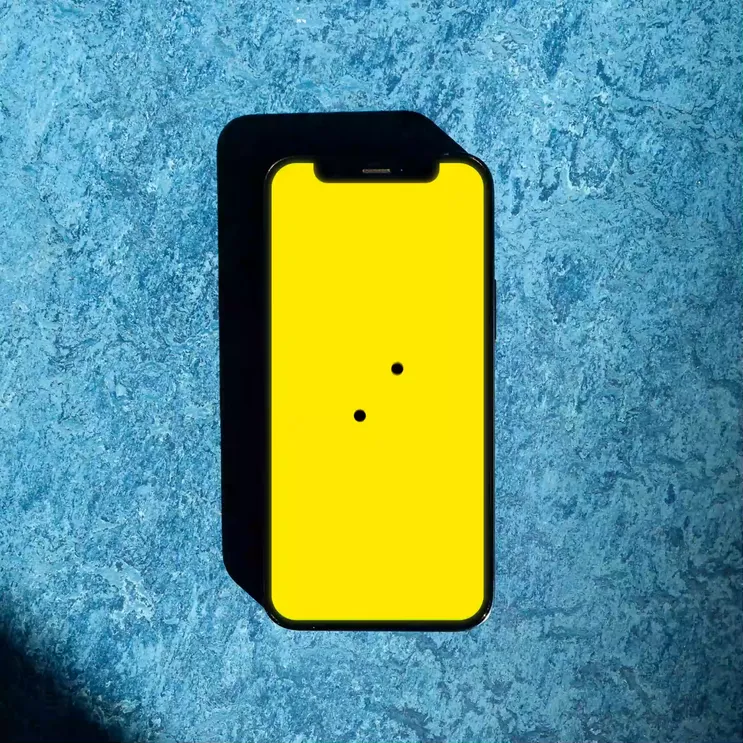Growth
6 min read
Trademark Registration Guide - United Kingdom
This guide is designed to make the trademark registration process in the UK as straightforward as possible. By following these steps, you can register your trademark and ensure that your business is fully protected.
Understanding Trademarks
Before you start the process of registering a trademark, it’s important to understand what a trademark is and why it’s important.
A trademark is a form of intellectual property that distinguishes the goods or services of one business from another. It can be a word, phrase, symbol, design or a combination of these, that identifies and distinguishes the source of goods or services.
Some famous examples include the McDonald’s golden arches logo, the Nike ‘swoosh’ and Coca-Cola’s unique font.
A registered trademark gives you the exclusive right to use the trademark in relation to the goods and services for which it is registered. This means you can take legal action against anyone who uses your trademark without your permission.
The Registration Process
Registering a trademark in the UK involves several steps. It’s important to follow each step carefully to ensure that your application is successful.
Step 1: Define Your Trademark
The first step in the process is to clearly define what you want to trademark. This could be your company name, a product name, your logo, a slogan, or any other distinctive sign.
Remember, that not everything can be trademarked. Your trademark should be unique and distinctive, not descriptive or generic. For example, you couldn’t trade mark the word ‘apple’ if you’re selling apples, but ‘Apple Inc.’ was able to trademark it for selling computers and other electronic goods.
Step 2: Check the Trademark Register
Before you apply to register a trademark, you should check to see if a similar trademark already exists. This can be done by searching the UK Intellectual Property Office’s online trademark database.
If a similar trademark exists and it’s still in use, your application may be rejected. However, if the trademark isn’t in use or has expired, you might still be able to register it.
Step 3: Select Your Trademark Class
Trademarks are registered under specific classes, which represent different types of goods and services. You’ll need to choose the class (or classes) that most closely match the goods or services your offering.
The UK uses a system of 45 trademark classes, which are divided into goods (classes 1-34) and services (classes 35-45).
For example: Class 28
Games, toys and playthings; video game apparatus; gymnastic and sporting articles; decorations for Christmas trees
You can search for the class your trademark would fit under here.
Step 4: Apply to Register Your Trademark
Once you’ve defined your trademark, checked the register, and selected your class, you can apply to register your trademark. This can be done online through the UK Intellectual Property Office’s website or using a third party, such as a trademark attorney.
When you apply, you’ll need to provide details about your trademark, including what it is, what class it falls under, and who owns it.
Step 5: Respond to Any Objections
After your application is submitted, it will be published in the Trade Marks Journal for two months. At this point, anyone can object to your trademark if they believe it infringes on their own trademark rights.
If someone objects to your trademark, you’ll have the opportunity to respond to the objection. This might involve providing evidence that your trademark is unique, or negotiating with the person who made the objection.
Cost and Fees
The cost for a standard online application is £170 for one class of goods or services, and an additional £50 for each extra class.
If you’re going to do it by post it’s £200.
How much it costs depends on the type of application you make and how many classes you select.
This fee doesn’t include the fees for third party agencies. If you use a trademark attorney, fees start from around £300, excluding potential complications.
If you have several versions of your trade mark (for example, different colours of your logo), you may be able to make a series application. This covers up to 6 variations and costs less than registering them all separately.
If you use the ‘Right Start’ service, you pay £100 upfront and another £100 if you decide to proceed after your initial assessment.
Keep in mind that these fees are non-refundable, even if your application is rejected.
Can I register for free?
There is no legitimate way to register a trademark for free. If you see any third-party provider claiming to offer this service for no charge then ignore them. Intellectual property is not an area where you should take shortcuts.
Using and Maintaining Your Trademark
Once your trademark is registered, it’s important to actively use it and maintain its registration.
A registered trademark lasts for 10 years in the UK, but can be renewed indefinitely for 10-year periods. If you fail to use your trademark within a 5-year period, it may be revoked for non-use.
Speak to an Intellectual Property professional
Remember, this guide is just a basic overview of the process. For more indepth or complex needs, you might consider consulting with a solicitor or a trademark attorney.
The Chartered Institute of Trade Mark Attorneys (CITMA) can help you locate an attorney in your area.























